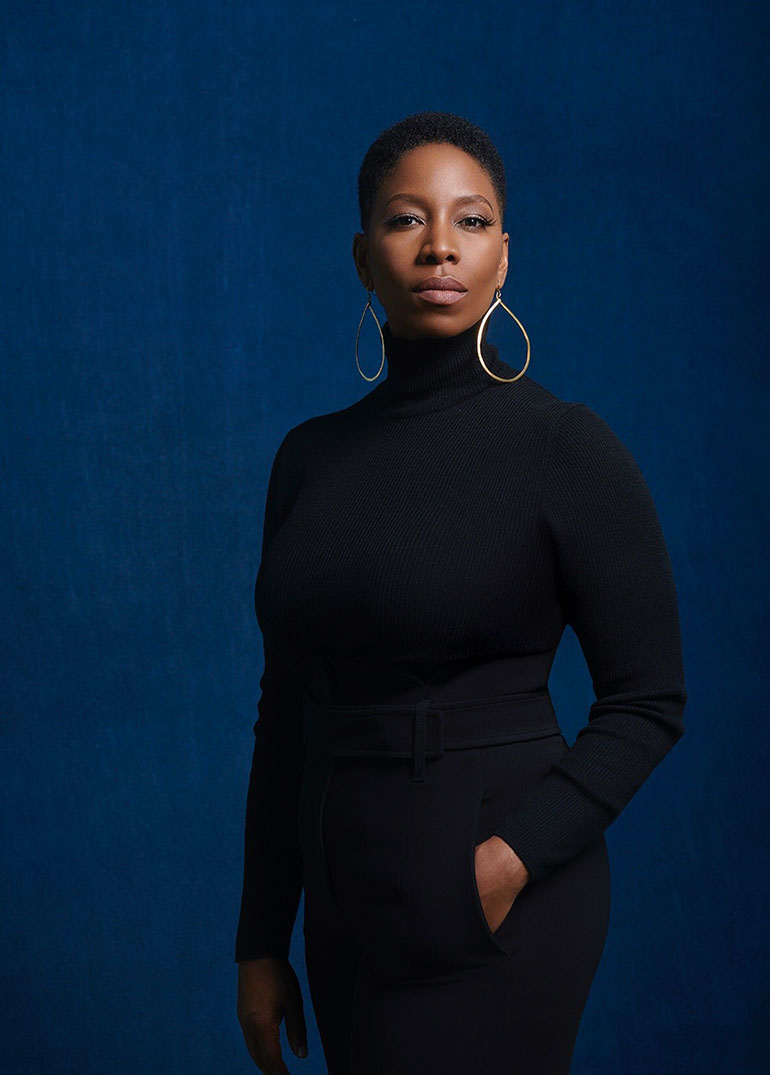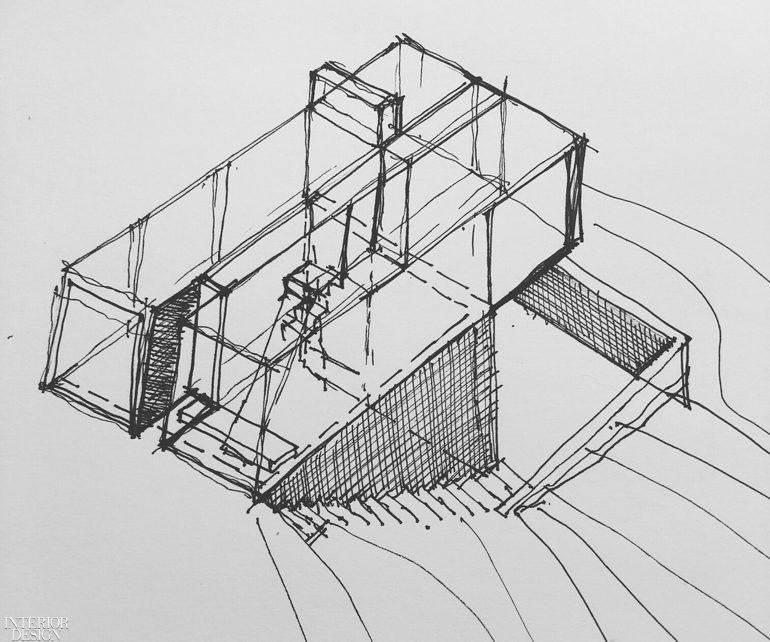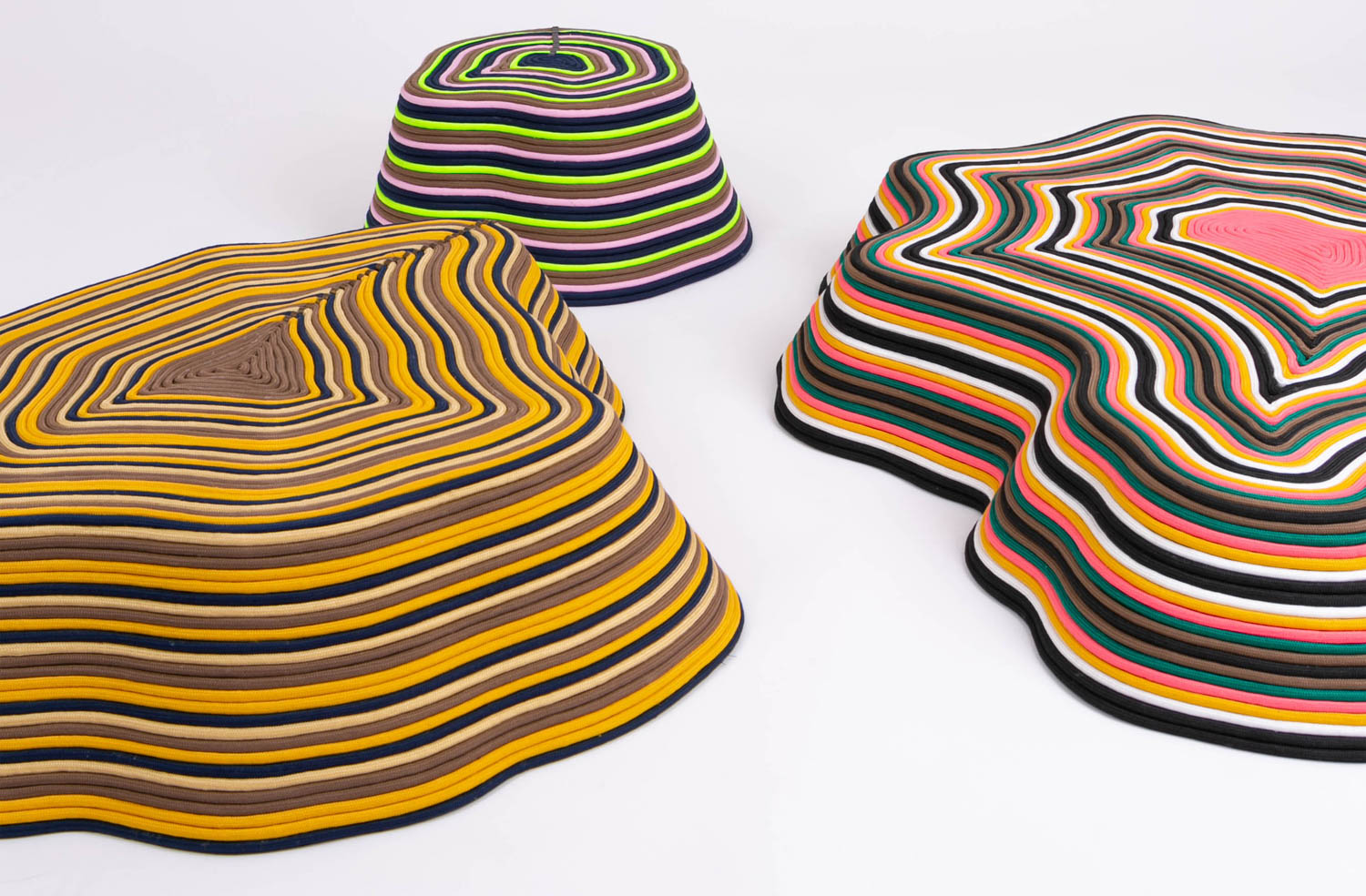Malene Barnett on Diversifying Design and Creating a Concept House for Black Families

Following a wave of protests across the globe this month in support of racial equality and justice, Interior Design spoke with Malene Barnett, founder of the Black Artists and Designers Guild. Barnett, who started the guild in 2018 and runs her own studio Malene B, considers herself an artist and creator above all else. In fact, part of her quest to improve representation and democratize the design realm involves shifting the very language around formal titles. As the only black student in her design program more than 20 years ago, Barnett continues to stress the importance of access. “There is a sliver allotted for black people [in the design industry] and imagine if you know that growing up,” she said. “There’s only been a sliver and we’re all trying to get that little piece.”
Currently, the BADG is working on developing a concept house for black families, which will be a rendered space available for viewing online. Barnett offered more insight into the concept house and spoke with Interior Design about improving inclusion in the A&D community, her influx of Instagram followers, and giving underrepresented creators credit where due. “We’re constantly trying to fit into something in order to survive, in order to practice what we love to do which is design,” she said.
Editor’s note: This conversation has been edited and condensed.
Interior Design: I’m sure you’ve been inundated with calls recently, what are you experiencing as founder of the Black Artists and Designers Guild right now?
Malene Barnett: It’s overwhelming and it happened so quickly. The first 24 hours you’re just like ‘okay really? I have a 1,000 new followers [on Instagram]?’ Then 48 hours later, I have 4,000 new followers… Two years ago when I started the guild, nobody wanted to believe it, nobody wanted to believe us, nobody really wanted to see it—let me not make the blanket statement—I’ll say very few… In order to solve this problem, first you have to admit that there is a problem and that the problem is racism and you have to implement strategies to demolish it… To say, we are taking a moment as a community, as a company, as a brand, to look at all systems in place that have kept black people and black culture out—that’s how you start it off and then we can talk about how we fix it. Until the industry takes ownership, we’re going to revert right back to what happened.
ID: A year ago, in an Interior Design 10Q you said: “The biggest obstacle is waiting for the gatekeepers—white designers, manufacturers, developers—to acknowledge they hold access and opportunity privilege.” Do you think we’re entering that moment?
MB: It feels so, the one difference I do see is that [people] are starting to write checks and the way this works is, if you start to put money toward it, that’s when you start to take it seriously on some level, I’m not saying totally, but racism is economic. There’s economics involved with this system, so it means that the people that have the money and the privilege are going to have to give up—not share—give up in order to change the equity.
I started this [BADG] two years ago with my own money, I did not go and ask anybody, because we were taught you work for what you have… But all of a sudden, the past two days, we’ve received so many donations that I’m like: ‘Oh. Oh!’… If you want to change the problem, you’re going to have to invest in the community.
ID: And now the BADG is developing a virtual concept house for black families, what led to this project?
MB: Right before COVID-19 hit, as a collective we had been meeting on Zoom, like most organizations, which has allowed us to have everyone on whether you live in New York or not, that’s the beauty of it… and we decided to come up with our own project that focuses specifically on the lifestyle of the black family because nobody is designing specifically for us. We have different needs, we have different cultural values, and we wanted to tap into that and tell our story. We have two architects on the team who are designing the house and the interior designers and the makers and artists will all collaborate for the spaces.
We are even looking at changing the narrative around the titles of design—we’re not even using that word, we’re using: we’re creators, we’re thinkers. Design is about solving problems and if we start to take away these titles and realize that we’re all solving problems, whether it’s a product or space, it’s still solving a problem. So we’re working on creating a new way of thinking about design and space, and also health and wellness for the black community.

ID: The concept house also increases access to design, right?
MB: Exactly. There are no limitations, you don’t have to be on a list, you don’t have to be in this design community, we want the world to see and experience what is possible. It’s going to be technology based and sustainable—these are things that typically are not connected with designing for black families and we’re bringing all of that into the space and we’re raising money to support it… We’re planning to launch in October and we’re actually working on our sponsorship packages now because the entire space will be rendered.
ID: Can you elaborate on the relationship between art and design, and how we could better integrate in that aspect too?
MB: I’m all about blurring those lines. It’s about the process and really talking about process and equating it to a community or an understanding of a community. If you’re looking at traditional indigenous communities and processes, give the ownership to that community. So many people have been taking, say from black culture, indigenous cultures, and then appropriating it for what they think works for them. There has to be a change in how we talk because most people don’t know. I’ll give you an example, people will see a textile, say a fabric, specifically from Mali in West Africa, It’s a popular fabric and it’s called mud cloth or Bambara cloth. You see it all over interiors. People automatically label it and say, ‘oh that’s an African textile.’ Well, what does that mean? Tell me the name. If you don’t know the name then you need to go do your research. It’s made by the Bambara people in Mali, West Africa and the cotton is all hand-woven, the strips are woven, and then they’re hand-stitched and all the patterns are created intuitively… this is the part that is lacking, the knowledge and the accreditation for the community. Designers need to learn how to talk about that when they are looking to other cultures for inspiration and stop trying to take ownership of it… The conversation has to start with the gratitude, the acknowledgment, then go ahead and talk about what has moved you.


